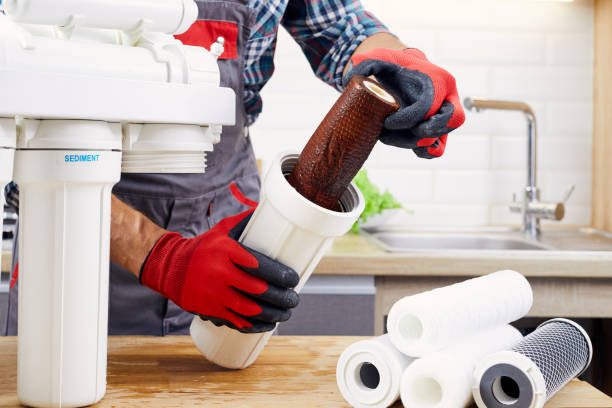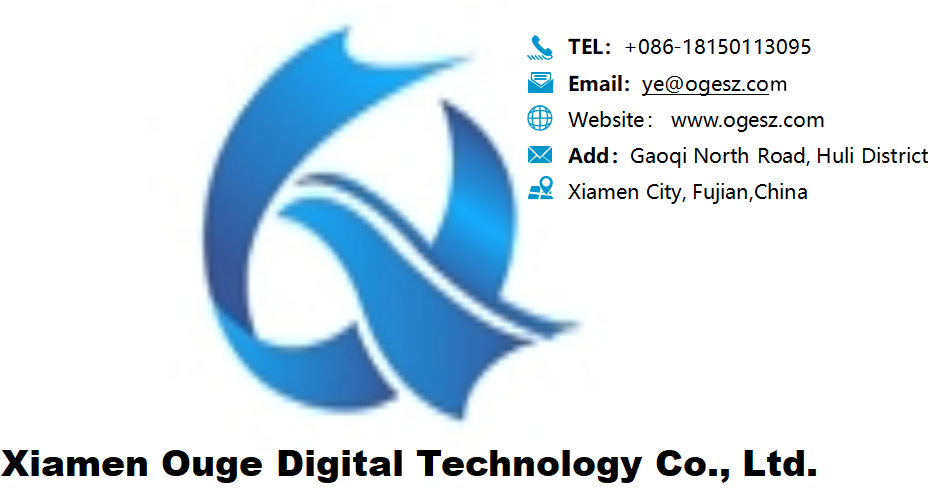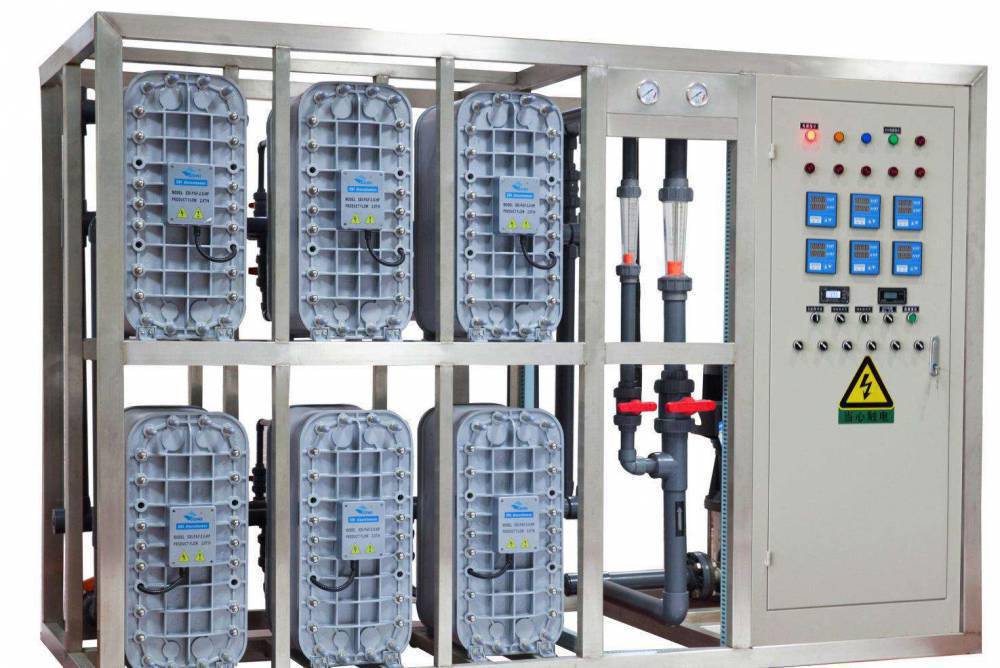If the hollow fiber membrane is the three thousand strands of troubles, the reverse osmosis membrane is the core with thousands of knots. The common voice of the membrane masters: "Magic mirror, magic mirror, tell me, why is the reverse osmosis membrane blocked again?"
Reverse osmosis membrane: "Guess!"

Reverse osmosis membrane is the "soft girl" among membranes, very delicate and fragile. When the grid, biochemical, and ultrafiltration have blocked most of the pollutants and the water is already very clean, whether we block it or not depends on our mood.

The joke is over, let's get back to the topic, and here is a summary of the reasons why the reverse osmosis membrane is blocked:
1. Concentration polarization
In the reverse osmosis desalination system, the selective permeability of the membrane causes water molecules to continuously pass through the membrane from the high-pressure side, while the solute molecules still remain in the original solution, resulting in a concentration difference between the feed liquid on the membrane surface and the inlet feed liquid. In severe cases, a very high concentration gradient will be generated. This phenomenon is called concentration polarization. Concentration polarization increases the osmotic pressure of the feed liquid and reduces the effective driving force, resulting in a decrease in water permeability and desalination rate.
For example, it is like waiting for the subway at the starting station during rush hour, and it happens that we don’t have the habit of queuing and giving way. When the train comes, everyone rushes in, and the people behind pile up more and more, and the crowd becomes tighter and tighter, and the people in the front can’t get in.
2. Inorganic salt scaling
Salts with small solubility products such as CaCO3, CaSO4, BaSO4, SrSO4, CaF2 and SiO2 may precipitate due to concentration exceeding their solubility products during the reverse osmosis process, resulting in sediments remaining on the membrane surface or forming scale in the water inlet channel.
3. Adsorption pollution
Some well water sources belonging to the bitter and salty water range generally contain low-valent iron ions and manganese ions, which have certain reducing properties. The main reason for membrane fouling caused by such water sources is that iron, aluminum, manganese, etc. produce colloidal particles on the membrane surface. When O2 enters the influent containing Fe2+, the high alkalinity water source forms iron carbonate and iron silicate, and the reducing bacteria are mixed in. The iron scale is formed faster and faster, and the colloidal iron caused by the conversion of iron flocculants. . . Emma, it's so lively! The characteristic performance of metal pollution is a decrease in water production and an increase in pressure difference.
4. Formation of biological sludge
The water source comes from surface water and sewage, and most of the problems encountered are biological sludge. When the membrane surface is covered with vigorous microbial sludge, the salts removed by the membrane will be trapped in the sticky layer and are not easily washed away by water, providing rich nutrients for microbial reproduction. At the same time, the scale inhibitors and water softeners added during the pretreatment of reverse osmosis water can promote the growth of microorganisms.
5. Colloidal pollution
Both groundwater and surface water contain substances such as iron, aluminum, silicon, and organic matter. They form colloids with coagulants, coagulants, and scale inhibitors added during pretreatment and deposit on the membrane surface to cause colloidal pollution. Colloidal pollution is difficult to handle because it carries the same charge, is relatively stable, and is not easy to settle. However, when the RO membrane filters water, it is retained on the membrane surface to form hydrates, which easily pollute the membrane and cause a decrease in water flux. This trend is generally evaluated by the pollution index (SDI). Usually when SDI is less than 3, this type of pollution does not occur on the membrane surface; when SDI is greater than 3, fouling will occur. Note that this is the most difficult type of pollution!
6. Water hammer phenomenon
For the reverse osmosis system, due to unreasonable design, at the beginning of the commissioning stage, there is a large amount of air in the membrane shell of the membrane filling. When the liquid to be treated enters the membrane shell instantly, the air is compressible and cannot be completely exhausted instantly; when the air reaches a certain pressure in the membrane shell, it will suddenly burst and release, causing the reverse osmosis membrane to collide, squeeze and move with each other in the membrane shell, resulting in a "water hammer" phenomenon. In the reverse osmosis system, the harm of water hammer is to cause irreversible damage to the reverse osmosis membrane element. Of course, this phenomenon can also be avoided through perfect design.
7. Suspended particles
The security filter may leak filter media, corrosion debris and foreign matter (such as small core wool) due to "short circuit" or defects, or the reverse osmosis may not be thoroughly flushed when it is first put into use, which may cause the membrane element to be contaminated, causing the water inlet channel to be blocked and amorphous precipitation to form on the membrane surface. However, this situation is rarely encountered.
8. Pollution caused by other factors
Hydrocarbon and silicone-based oils and lipids cover the membrane surface, causing the membrane to be contaminated; membrane hydrolysis, organic solvents and oxidizing substances will also cause the membrane material to change in nature.

If you want the reverse osmosis membrane not to be contaminated so quickly, you must buy a reverse osmosis membrane that is resistant to blocking and pollution!





 What is EDI Electrodeionization Technology? Reverse Osmosis + EDI vs Traditional Ion Exchange: Your Ultimate Selection Guide!
What is EDI Electrodeionization Technology? Reverse Osmosis + EDI vs Traditional Ion Exchange: Your Ultimate Selection Guide!
 Classification Summary of Various Membranes
Classification Summary of Various Membranes
 These “Water Purification Basics” You Should Know!
These “Water Purification Basics” You Should Know!
 TDS values, RO membranes... How much do you really know about those technical terms in water purifiers?
TDS values, RO membranes... How much do you really know about those technical terms in water purifiers?